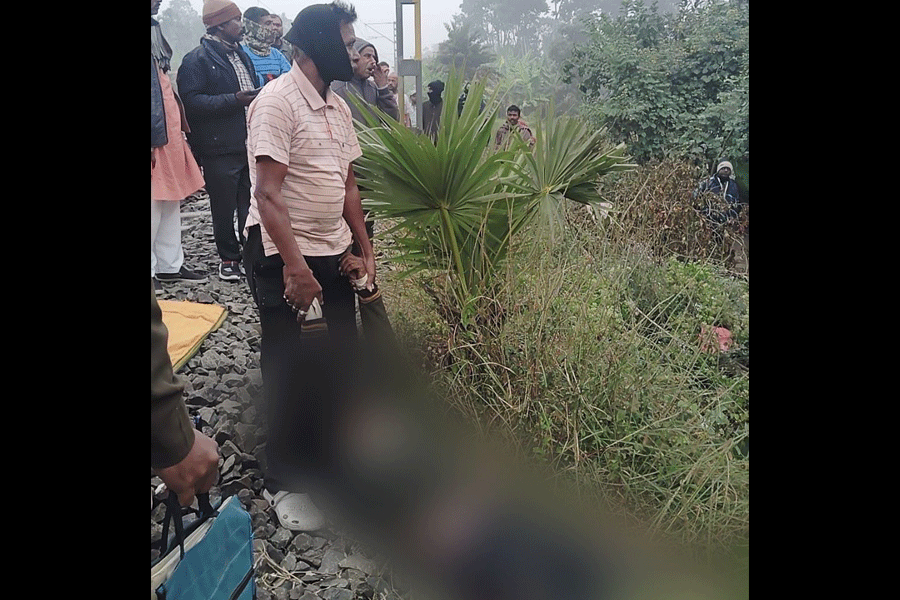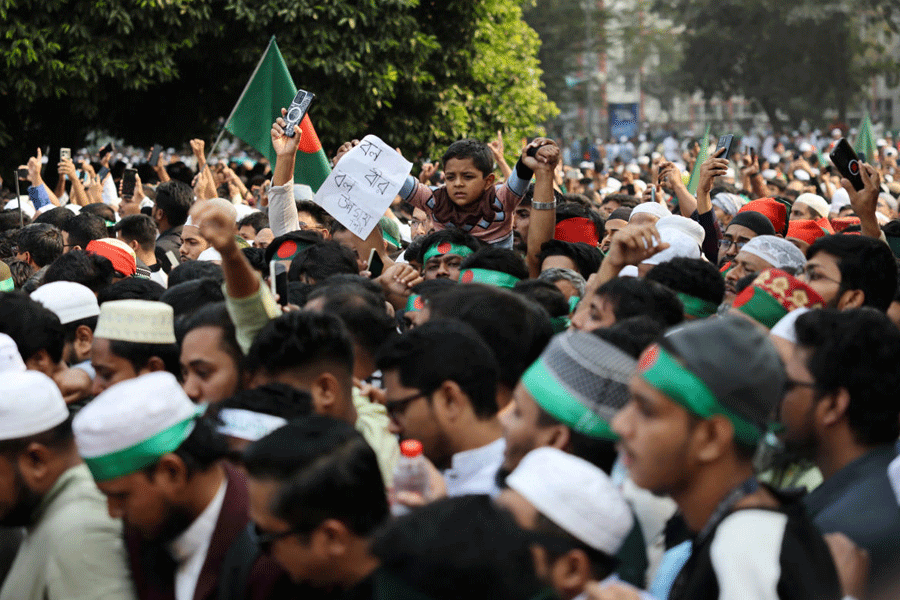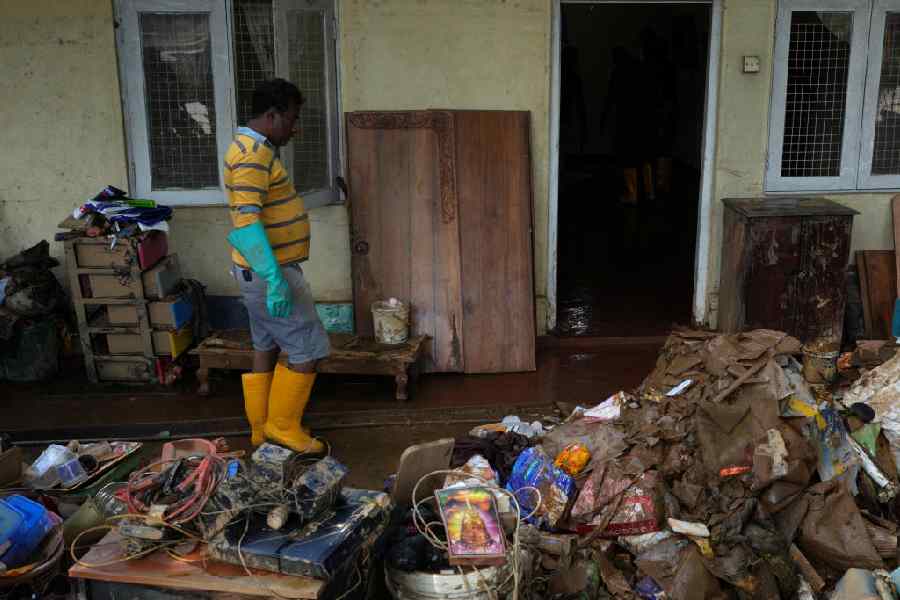The news media in this country is a paradox. It is voluminous in numbers but, increasingly, without bite. We are on track to becoming the world’s fifth biggest newspaper market in terms of revenue by 2026 and have the largest newspaper readership, overtaking China by 2025. The size of our population, low internet penetration compared to other newspaper markets, growing literacy, and low pricing will ensure this. Even as India also continues to be a strongly mobile-focused market, with 72 per cent people already accessing news through smartphones.
But it will not be our journalism or reporting that takes us to any international heights. The New York Times currently has 1,700 journalists reporting from 160 countries. But the past two or three decades have seen India’s television news channels withdrawing feet on the ground and replacing news with debates. Our biggest newspapers have shrunk their foreign correspondent deployment to three or four major countries, at best, and state bureaus within India have shrunk to a single correspondent. The eight states in the Northeast are likely to be covered by one or two people for national newspapers. When the Hindi heartland newspapers expanded in the late 1990s and early 2000s to reach villages, they pioneered the extensive use of citizen stringers — it was cheaper than deploying journalists.
The closest one can get to the number of journalists reporting for different newspapers is the total figure of media and publishing employees from the Centre for Monitoring Indian Economy’s monthly employment data and the figures big media companies give on LinkedIn regarding their employees on the network. Take a closer look at The Times of India and Hindustan Times, for instance,and you would find management personnel figuring generously in the lists, which are around 1,400 and 2,600 employees respectively.
This government figured out in its first tenure that you can ignore the media and still win elections handsomely. It could have left it at that but there were scores to settle, going back to the reporting of the Gujarat riots of 2002. Hence the periodic efforts to regulate and harass the media via regulatory agencies. Today you can be bullied regularly by the government and let it set the news agenda on a daily basis with few questions asked. You can thus be one of the biggest media markets in the world and still have dismal freedom of press ranking. Since the last edition of this column was written, the system and its allies have not been idle.
To begin with the allies, on August 23, the Adani Group launched a hostile takeover bid of NDTV. It acquired convertible warrants through the acquisition of a company originally owned by the Ambanis. This group company had entered into a loan agreement with a promoter company, RRPR Holdings, owned by Prannoy and Radhika Roy, in 2009 and 2010. It has since changed hands before being acquired by Adani. This move to convert the warrants into shares triggered an open offer to acquire another 26 per cent of NDTV. Given the closeness of the Adani Group with the ruling establishment, this was widely seen as an attempt to tame a channel that the ruling party finds particularly galling. Considerable coverage of this takeover attempt ensued both here and abroad.
Later that month, The Washington Post reported a whistleblower complaint in which a former security chief of Twitter alleged that the Indian government may have forced Twitter to “put one of its agents on the payroll, with access to user data”. This was allegedly done at a time of intense protests in the country even though the protests were not specified. This is being cited as an example of efforts to police social media.
Earlier this month, there were income tax ‘surveys’ on three establishments— the Delhi-based think tank, Centre for Policy Research, the Bangalore-based Independent and Public-Spirited Media Foundation, which funds a number of digital web entities, and the funding agency, Oxfam India. The exercise involved confiscating and cloning of telephones and computers of personnel at these establishments and photocopying of records and papers to take away. No reasons were given for the surveys. In September last year, there were similar ‘surveys’ (the term, ‘raid’, is not used) at the offices of the news sites, Newslaundry and NewsClick.
Meanwhile, the much-reported case of the Kerala journalist, Siddique Kappan, who was apprehended and jailed in Uttar Pradesh while on his way to report on the Hathras rape in October 2020, continues to simmer. The Supreme Court granted him conditional bail earlier this month in the UAPA case even as the NIA court in Lucknow stymied his release with bail conditions demanding two local sureties of one lakh rupees each. His lawyers and family struggle to find UP residents who will oblige and bail in a PMLA case brought by the Enforcement Directorate is yet to be granted.
A confident government whose leader is constantly striding on the world stage should not need to be quite so hyperactive in its efforts to control the public narrative and harass journalists to boot, particularly when much of the media is happy to let the government and Narendra Modi set the agenda for coverage. A sanguine example for this government came with the reporting, earlier this month, of the September 8 agreement reached to disengage by Indian and Chinese troops in the area of Gogra-Hot Springs (PP-15). Most reports stuck to what the ministry of external affairs spokesperson said.But a few looked closer.
Deccan Herald reported that India has ended up conceding to the creation of yet another ‘buffer zone’ in its own territory. A Karan Thapar interview on The Wire reinforced this by suggesting that grazing lands used by shepherds in the area have been given away. As much as a full kilometre of Indian territory has been lost, he suggested. NDTV, according to Thapar, had also reported the loss of some 30 km of grazing territory in length. All reports were based on local sources such as councillors and graziers in the area.
Both Thapar and NDTV are already in the doghouse as far as this government is concerned for past reporting/interviewing sins. But some dogs, thankfully, continue to bark.











